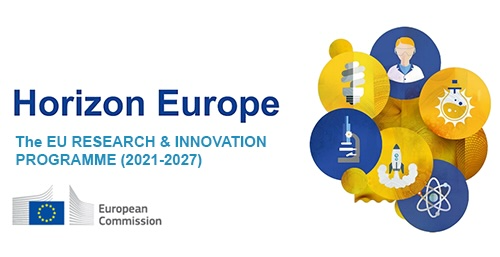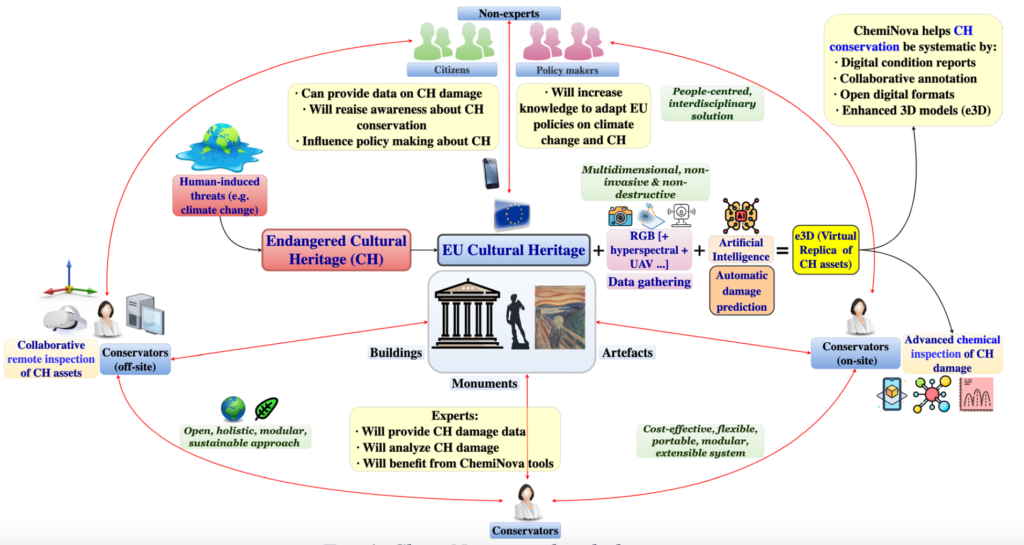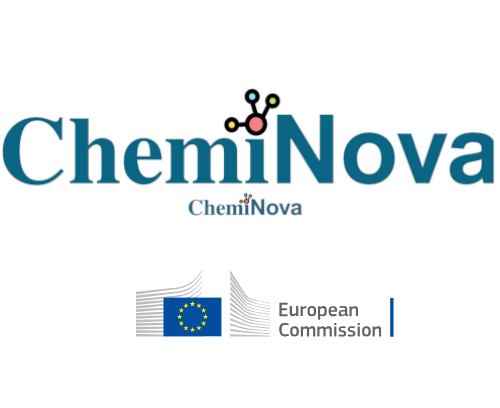
Novel technologies for on-site and remote collaborative enriched monitoring to detect structural and chemical damages in cultural heritage assets
A Horizon Europe Research and Innovation Action. (https://cordis.europa.eu/project/id/101132442 ), Grant agreement ID: 101132442
Scientific in charge : Alamin Mansouri
Involved members : Matthieu Rossé, Fan Yang, Deivid Botina, Ramamoorthy Luxman
Partners : UB (France), UVEG (Spain-cootrdinator), ICCROM (Italy), UNIPA (Italy, NCA-SSK (Ukraine), CNR-ISAC (Italy), LUH (Germany), 4D-IT (Austria), SKB (Austria), DIADRASIS (Greece), UTC (Romania), ARTCO (Germany).

Scope and objectives : What if EU citizens could collaborate with scientists in the preservation of cultural heritage? Could conservation professionals be provided with actionable technologies, skills and frameworks that upgrade their efficiency? Europe’s cultural heritage is a rich and diverse melting pot of traditions, monuments and communities where we have boiled our identity, well-being and sense of belonging. Nonetheless, in recent years, we have witnessed a series of natural and human-induced disasters that threaten it. Improving cultural heritage resilience to climate change and anthropogenic hazards requires a shift in conservation practices towards more holistic ones. ChemiNova aims to develop an intelligent computational system that goes beyond current technologies to improve the conservation, analysis and monitoring of European cultural heritage assets. Using a myriad of data, we will tackle structural and chemical damages, focusing on two specific human-induced threats: climate change and civil conflicts. Furthermore, our impact lies in the fact that we will not build an ad hoc device, but our technology is adapted so that anyone can access it from anywhere. We will involve local communities in conservation practices, from providing data (citizen science) to raising awareness on the effects of climate change, natural and human hazards affecting CH. As a main objective, we will develop novel and cost-effective ways for remote and on-site monitoring of cultural heritage assets by reusing existing technologies and providing conservators with advanced analysis of structural and chemical damages due to human-induced threats. Also, it will involve heritage practitioners and non-experts in conservation processes, while considering end-users at the centre of our tools and methods. ChemiNova considers a set of non-destructive and portable technologies in a modular way that will allow adaptable inspections according to the different case scenarios, monuments, buildings and artefacts.

